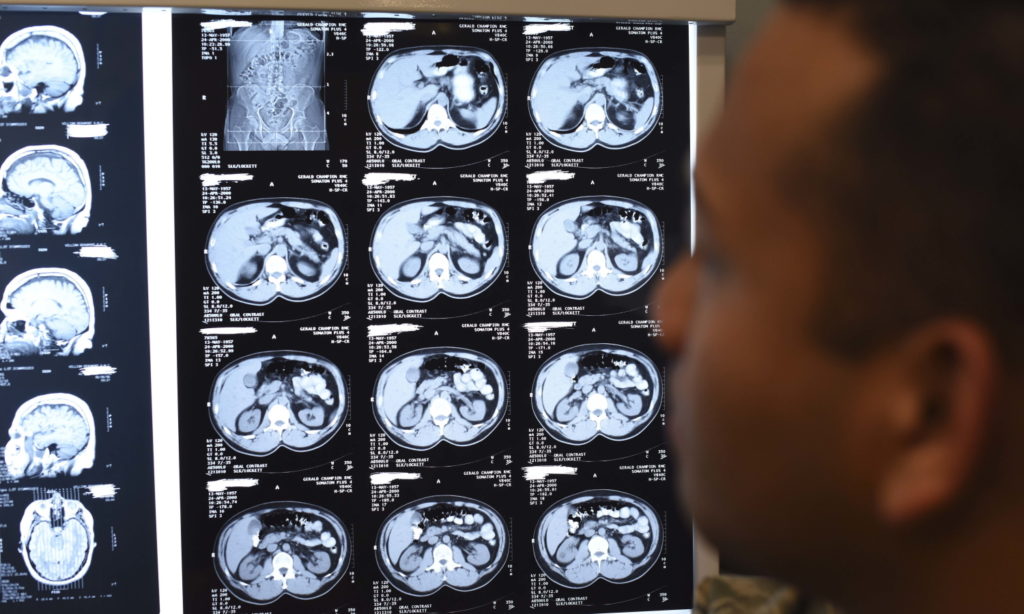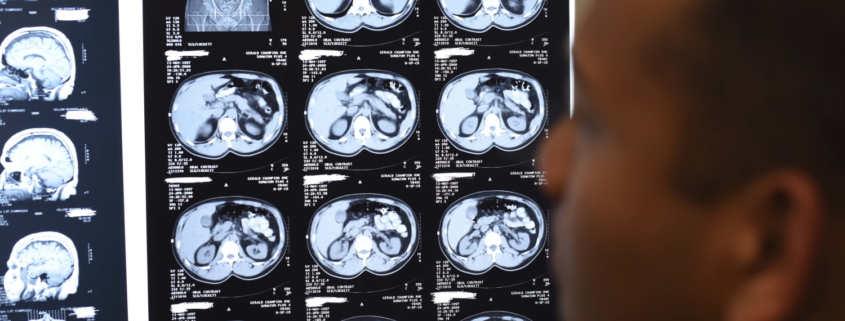Healthcare sector saw largest increase in IoT malware attacks in 2021

The healthcare sector saw the largest increase in target IoT malware attacks in 2021, according to the latest annual SonicWall Cyber Threat Report. Compiled from data collected from 1.1 million global sources, researchers saw a 71% increase in IoT malware against healthcare clients.
Healthcare also saw the lowest percentages of its customers targeted with IoT malware attacks, despite the large rate of these attacks against the entities. The distinction is likely caused by the manner in which IoT devices are networked: “Healthcare facilities tend to keep these devices on their own separate and highly secured network, largely inaccessible by other devices.”
Considering long-standing discussions on patch management challenges, the high rate of legacy device use, and network complexity, SonicWall’s data demonstrates that its healthcare clients have likely employed effective network segmentation strategies.
It’s a heartening stat considering recent Cynerio research detailing the rate of IoT and medical devices operating with a known vulnerability.
However, despite the continued decline in malware last year, the report shows the healthcare and government sectors faced the largest increase in malware last year. The education sector saw the highest percentage of target attacks, with nearly 23% of entities targeted in any given month.
The stats highlight the continued impact of cybercrime on critical infrastructure entities.
The rate of attacks on healthcare were on par with the retail sector, with 16.3% and 16.4%, respectively. Researchers noted there were two peaks for these sectors, once in March and again in August.
Overall, malware saw a 4% decrease in volume in 2021, marking a third year in decline and reaching a seven-year low. SonicWall researchers noted this could indicate that the threat may be headed for a rebound.
The report also showed the healthcare sector also saw an “aggressive year-over-year growth” in cryptojacking volume. Previously, cryptojacking was primarily spread through fileless malware,…


